We’re excited to introduce you to the always interesting and insightful HIRAM “TEEL ONE” VILLA. We hope you’ll enjoy our conversation with HIRAM “TEEL below.
HIRAM “TEEL, appreciate you joining us today. Do you feel you or your work has ever been misunderstood or mischaracterized? If so, tell us the story and how/why it happened and if there are any interesting learnings or insights you took from the experience?
This topic is a perfect to explain how my entire career as an artist can be beautifully encapsulated in this topic, as it delves into the essence of my journey, beginning with Graffiti art. Throughout my artistic endeavors, I have often found myself misunderstood, with only a select few outside our subculture attempting to shed light on the captivating underground world we inhabit. Unfortunately, the majority perceives us as deviant or malevolent individuals.
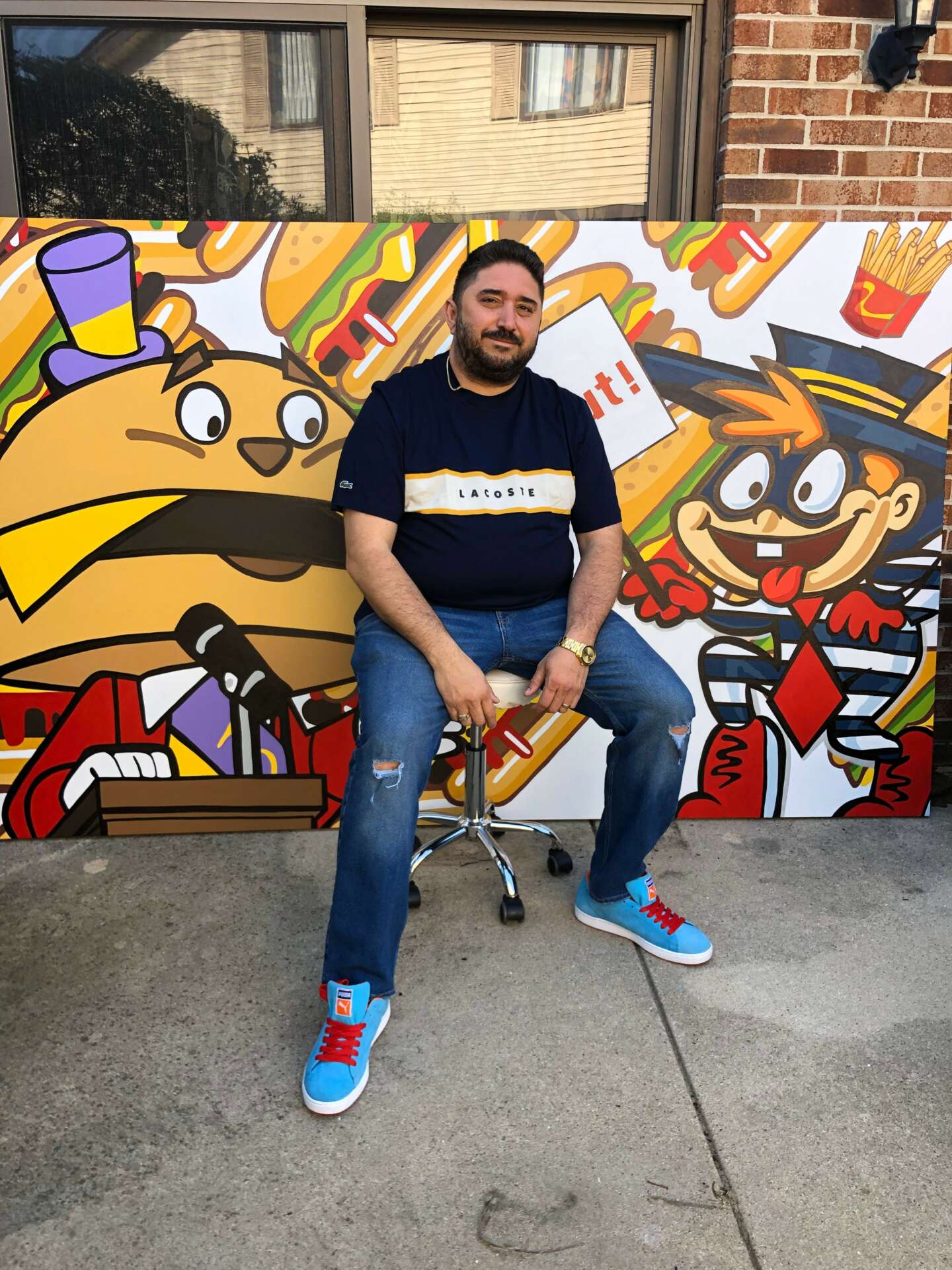
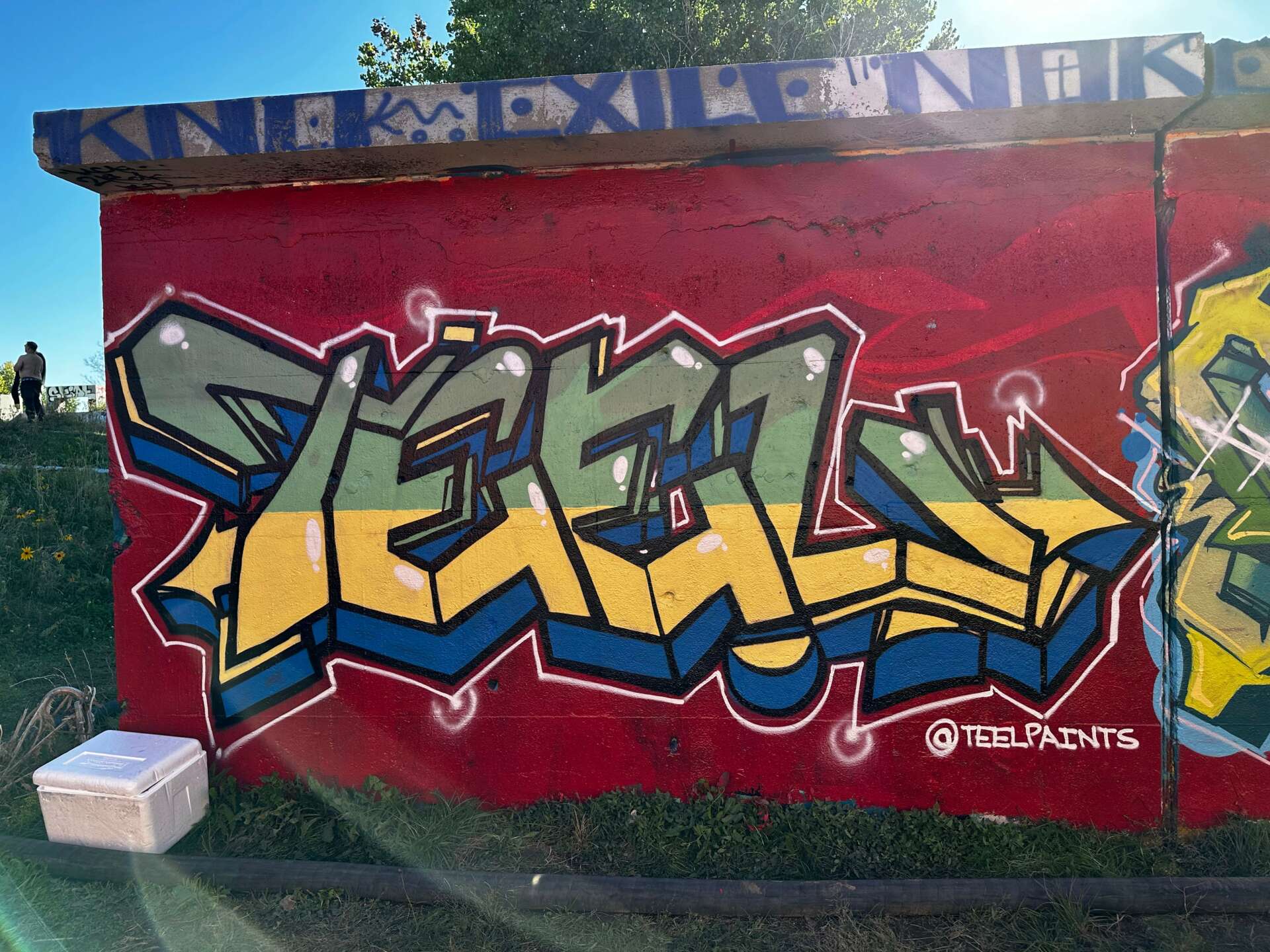
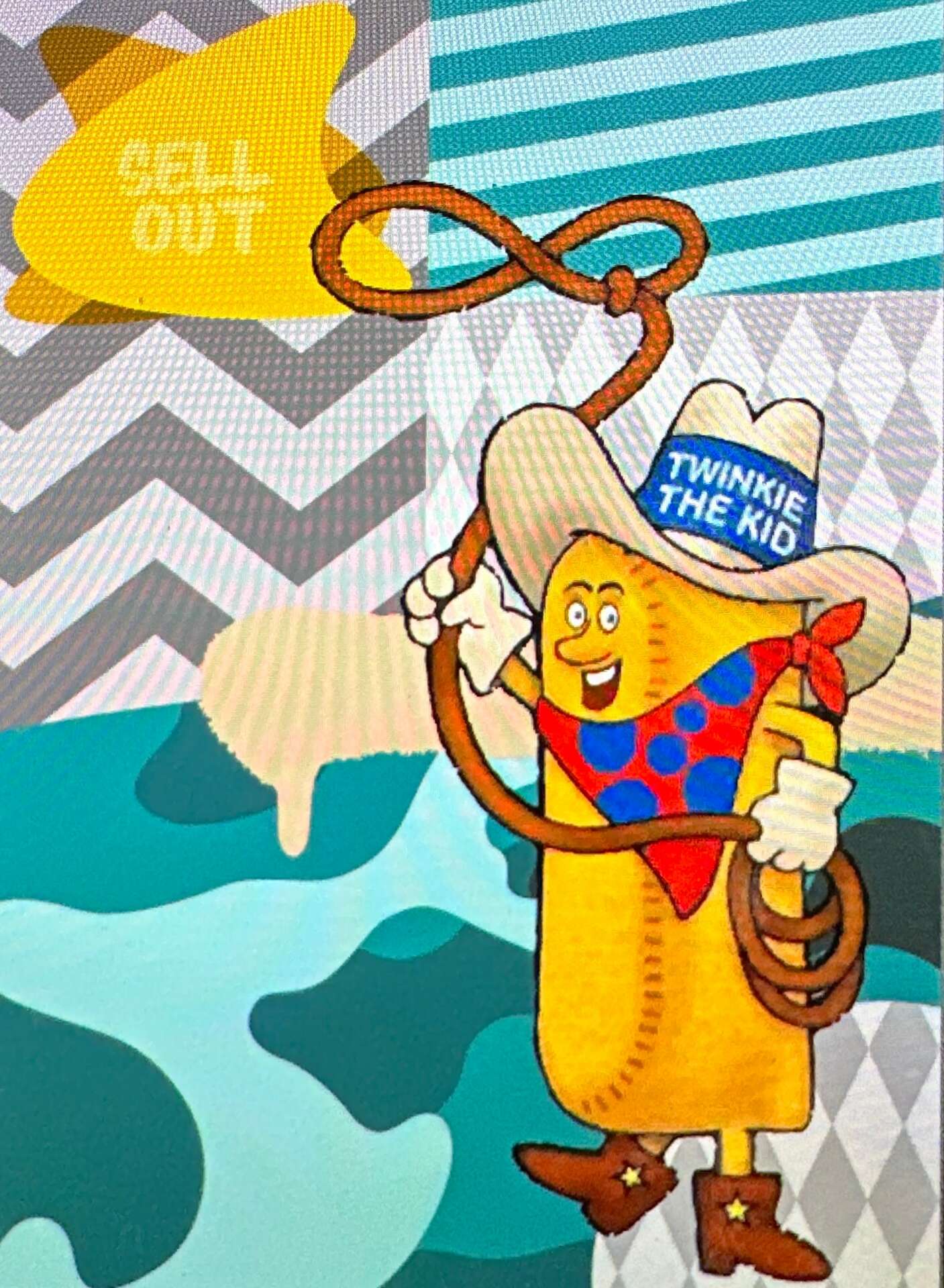
As always, we appreciate you sharing your insights and we’ve got a few more questions for you, but before we get to all of that can you take a minute to introduce yourself and give our readers some of your back background and context?
Around the year 1988 or 1989, I embarked on my graffiti career. It was a disruptive period in my life, as it was just a year after the passing of my mother. Fueled by my anger and frustration with the world, I turned to graffiti as a means of expression. Little did I know at the time, but this artistic outlet served as a form of therapy for me. In the 90s, we didn’t have the same access to the resources and support that are available today. Therefore, I channeled my creative energy and my discontent into painting, and that is how my journey as a graffiti artist began. Over the years, my artistic style has evolved, and, I have adopted a form of pop art that incorporates dark humor and sarcasm. In this style, I take elements from various corporate mascots and use them to criticize the act of selling out. These mascots represent large corporations that prioritize profit over the well-being of their own employees and customers.
Through my artwork, I also poke fun at myself and my upbringing in the 90s. During that time, I was constantly reminded not to sell out and not to commercialize my graffiti art for monetary gain. This theme of selling out is central to my series called “Sell Out.”
One of my paintings series is a called “Happy Food,” which is a playful jab at the fast-food industry and its impact on our health. The mascot’s sidekick represents me as the underdog, often overlooked in the stories I tell through my art.
Through the “Sell Out” series, I aim to highlight the paradoxical nature of the corporate world and the struggle to maintain authenticity in a society driven by profit.
Can you tell us about a time you’ve had to pivot?
In 2008, the city of Chicago experienced a shortage of spray paint, which posed a challenge for graffiti artists and street artists who relied on this medium for their artwork. In response to this shortage, we took the initiative to open a store called MOMENTUM Art Tech. Our store aimed to provide a solution by offering a wide range of spray paint brands, ensuring that artists in the city had access to the supplies they needed.
By establishing MOMENTUM Art Tech, we not only helped ourselves but also supported the entire artistic community in Chicago. We were able to meet the demand for spray paint and ensure that artists had the resources to continue creating their artwork. Our store became a hub for graffiti artists and street artists in the Midwest, supplying them with the spray paint they needed to express their creativity.
Now, after 15 years, MOMENTUM Art Tech is still thriving in Oak Park. We take pride in being a reliable source for spray paint in the region, and our dedication to supporting the artistic community remains unwavering.
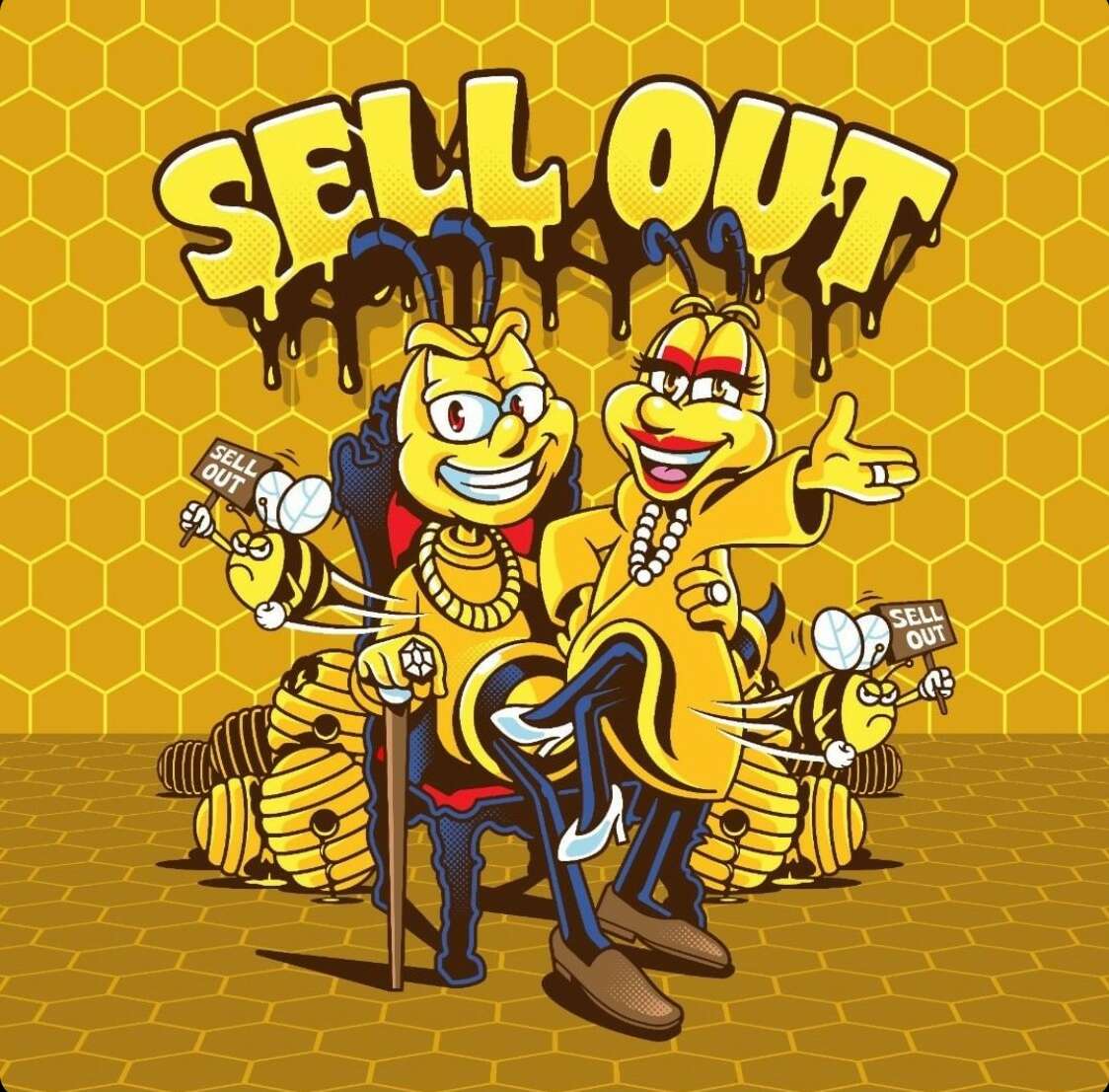

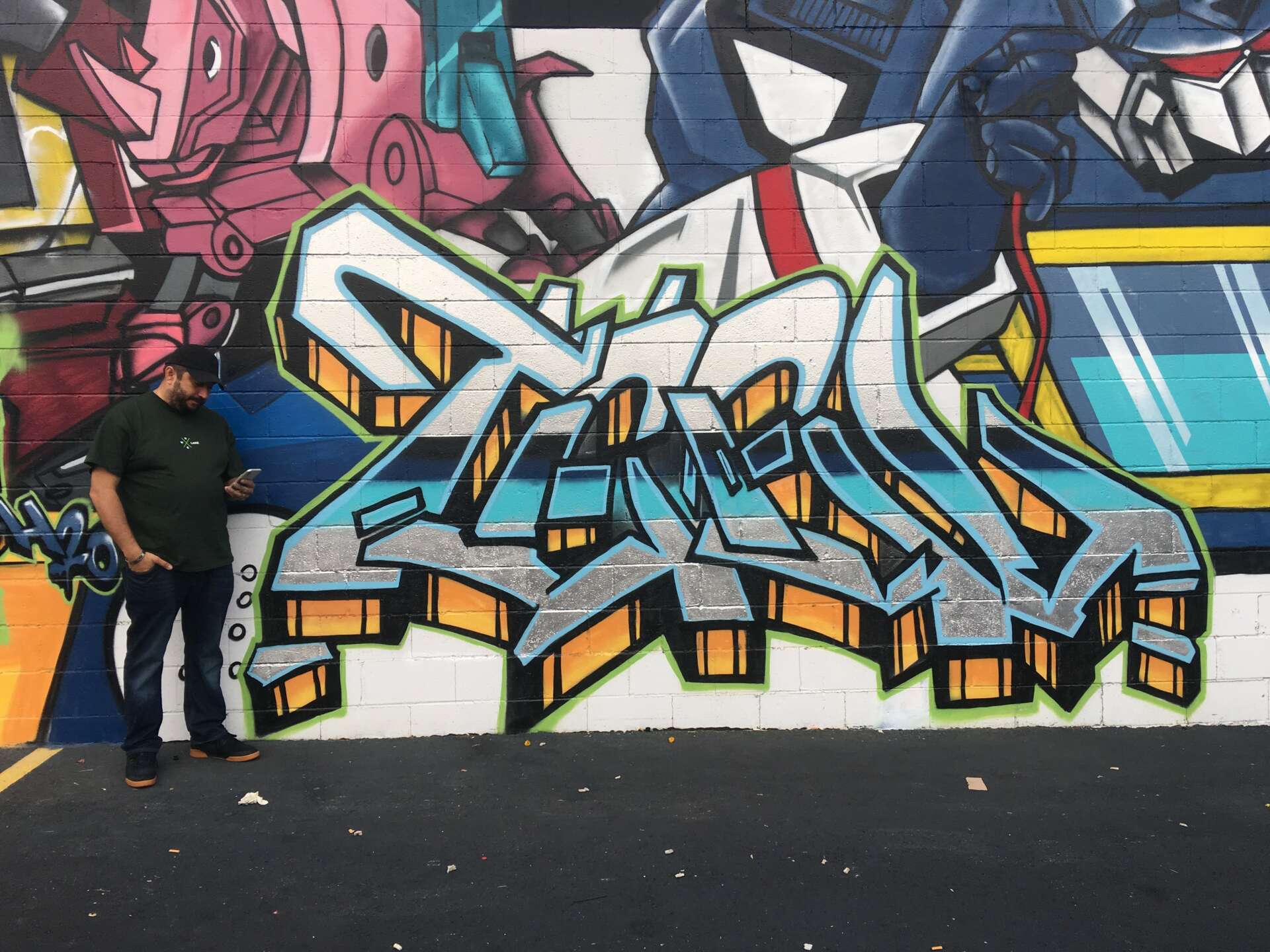
In your view, what can society to do to best support artists, creatives and a thriving creative ecosystem?
Educating artists and creatives on how to make a living from their art is essential to support and empower them. Many individuals may not realize the various career opportunities and income streams available within the art industry.
By providing education and resources on the business side of art, society can help artists navigate the professional aspects of their creative careers. This includes teaching them about marketing and self-promotion, financial management, contract negotiations, intellectual property rights, and networking within the industry.
Additionally, creating awareness about the diverse range of jobs and professions within the art world is crucial. Many people may not be aware of the behind-the-scenes roles, such as art curators, art therapists, art directors, art consultants, art educators, and more. By showcasing these possibilities, individuals can make informed decisions about pursuing a career in the arts and see that being artistic can indeed be a viable and fulfilling career path.
Furthermore, it is important to provide mentorship programs, workshops, and initiatives that foster entrepreneurship and business skills specifically tailored to artists and creatives. By equipping them with the knowledge and tools to navigate the art market, manage their finances, and build sustainable careers, we can empower artists to thrive and contribute to society.
Overall, by educating artists on the business side of art and raising awareness about the diverse career opportunities available, we can support artists and creatives in turning their passion into a sustainable and fulfilling profession.

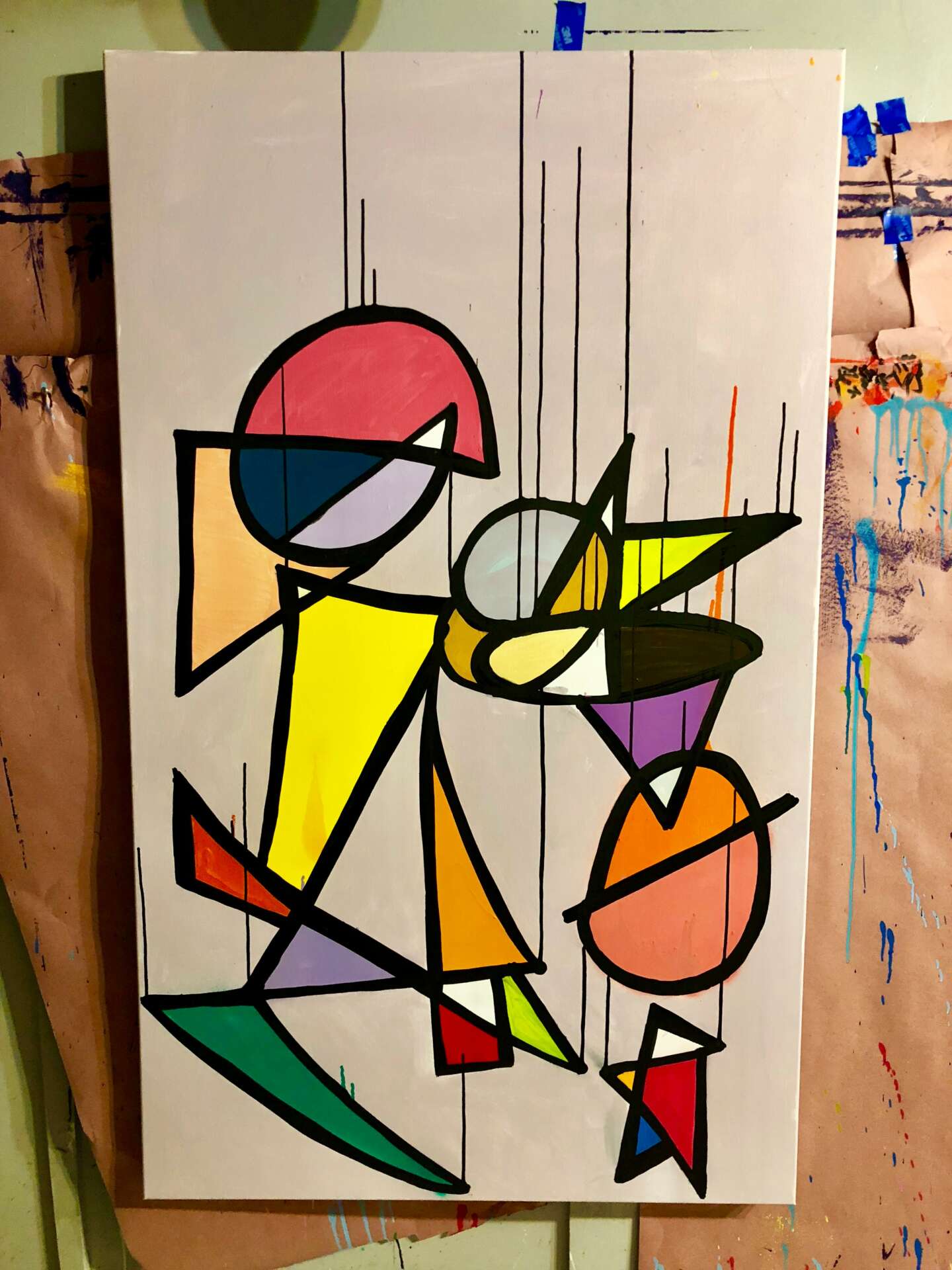
Contact Info:
- Website: TEELONE.COM
- Instagram: @TEELPAINTS
- Facebook: TEELIUS CERIUS
- Youtube: MOMENTUMARTTECH


